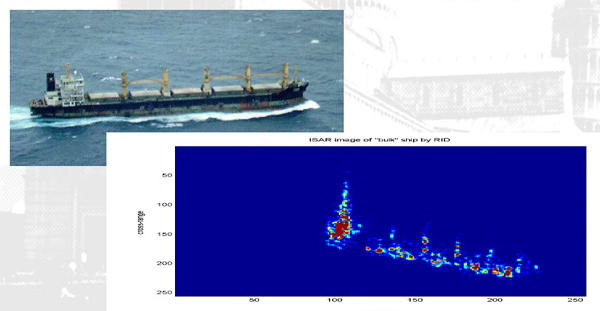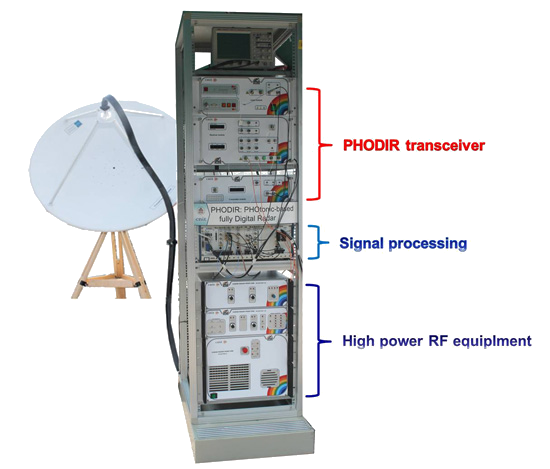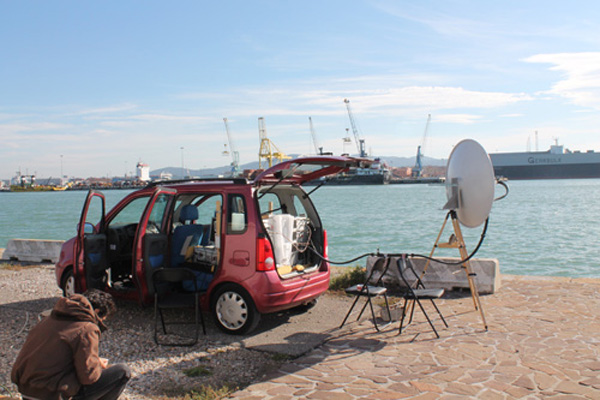Scientists in Italy have completed formal tests of the world’s first laser-based radar system that promises to capture highly detailed information about airplanes in the sky. The recent disappearance of Malaysian Airlines Flight MH370 has highlighted the need for surveillance systems that can stay in contact with a passenger plane even when its own communications systems are inactive.
Our current radar systems are a mix of technologies old and new. Radio waves suffer from interference, so we convert them into digital signals for computers to refine. Since they carry very limited information about their contacts, we’ve added satellite and GPS systems to fill in the missing details. The result is a number of technologies trying to work together and sometimes failing to do so.
Photonics-based digital radar, or PhoDir, uses laser pulses that can pinpoint objects in the sky without interference, and be tuned to work across a greater number of frequencies. Since lasers can transmit computer data, it means that planes can use the signals to transmit flight data or even a live-streaming video feed of the cockpit.
The technology is the work of the National Laboratory of Photonic Networks in Pisa, Italy. Since their lab is located directly within the flight path of the nearest airport, researchers Francesco Laghezza and Paolo Ghelfi led their team to assemble a system on the roof so they could track passenger planes as they flew by overhead.
The results have proven very impressive. Not only can PhoDir capture a detailed signature image of a plane, but also any objects connected to it or around it in the sky. Their first prototype has a very short range, unfortunately. While PhoDir would have given us more information about what was happening with Malaysian Airlines MH370 within the first hour and a half of its flight, once it has reached the Indian Ocean it would have been equally lost to PhoDir systems too.
This is still the world’s first example of a photonics radar system and, being a technology still in its infancy, will need a few years before it’s ready for use. The first formal results of its tests has been submitted for peer-review in the scientific journal Nature and the hope is that other researchers will help develop it’s use and extend its range.
You might actually find it in your next car before then. The very compact nature of a digital radar system means that you can add it to a wide range of locations and vehicles. The team in Pisa, Italy have already created a model that can be loaded into cars, initially to explore the idea of a mobile radar system, but after using it to track boats and highway vehicles, they are also exploring its use for future road safety systems, where several automakers are currently seeking laser-guided systems for self-driving cars and networks that will allow cars to communicate and coordinate with each other to avoid accidents.
As investigators continue to search for their lost passenger plane, the aviation industry is already focused on how to prevent the same situation from every occurring again. You can bet that photonics will play role.





